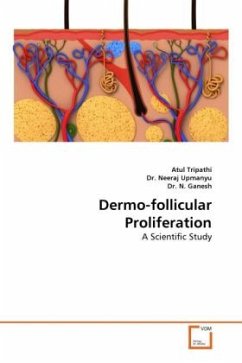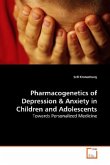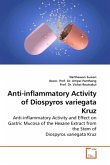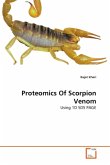Alopecia was induced in mice by administration of Paclitaxel. As we know that chemotherapy signatured for miniaturization of hair follicle and changes the proliferation rate of hair growth by inhibiting growth cycle, which further leads to hair falling and defined as alopecia. To recover and compensate alopetic condition the drug of choice available i.e. Minoxidil, a vasodilator medication which slow and steady stop the hair falling or also have potential to proliferate hair follicles by widening blood vessels and opening potassium channels, it allows more oxygen, blood and nutrients to the follicle. This can also cause follicles in the telogen phase to shed, usually soon to be replaced by new, thicker hairs (in a new anagen phase). The alopecia, induced in the mice by Paclitaxel, was counteracted when solvent Ethanol:PEG:Water was administered simultaneously to the mice. The alopecia was not observed in groups that were treated with crude extract or Minoxidil along with Paclitaxel. Besides visual observation, quantitative data (e.g., A/T ratio and follicular density) also suggest inhibition of alopetic activity of the drug.
Bitte wählen Sie Ihr Anliegen aus.
Rechnungen
Retourenschein anfordern
Bestellstatus
Storno








